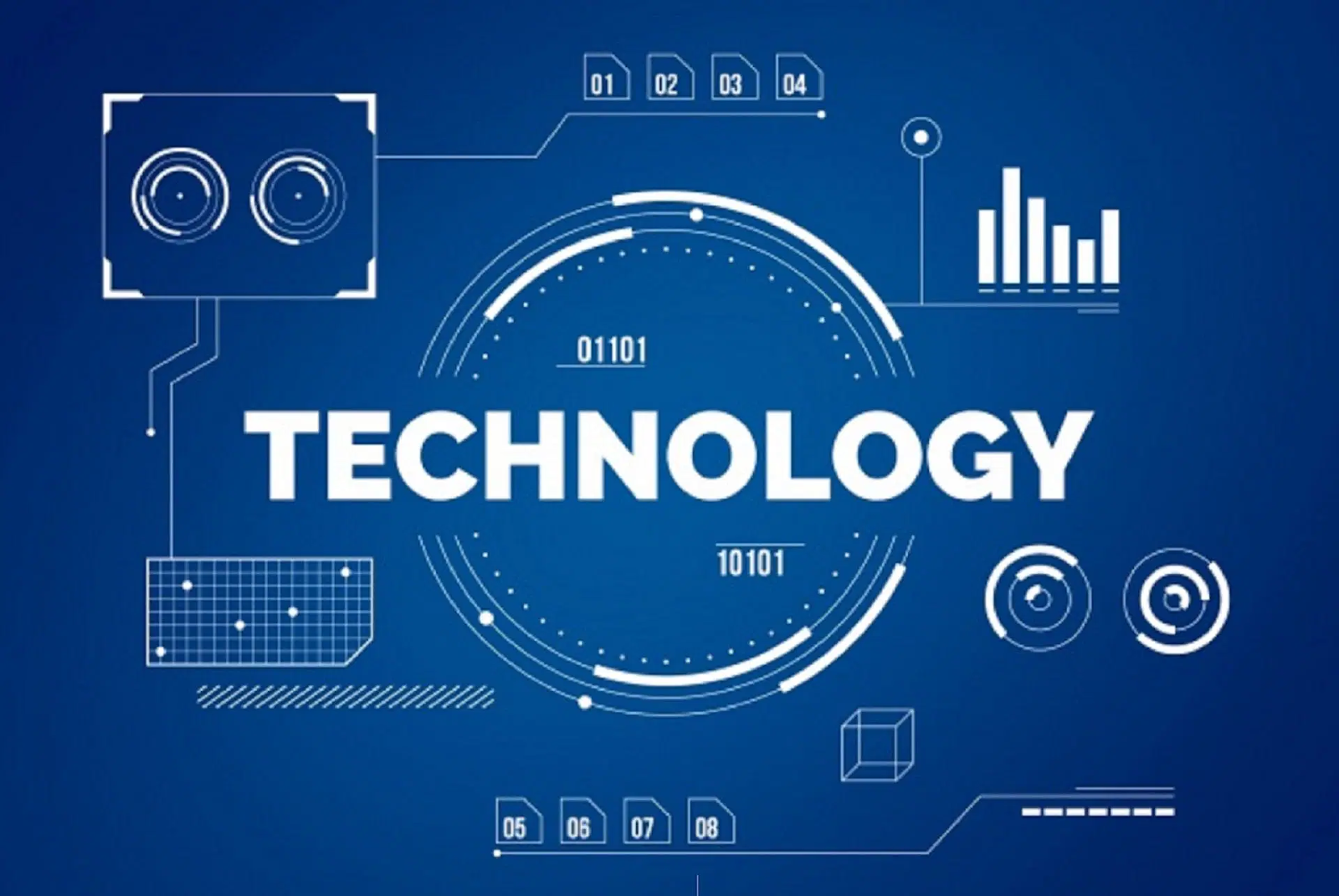From Hearth to Hardware: The Evolution of Domestic Technology
From the simple wood-burning stoves of early civilizations to today’s smart refrigerators, technology has played a pivotal role in shaping domestic life. Over the centuries, the evolution of household technology has not only made our lives more convenient but has also drastically altered how we interact with our homes and family members. Domestic technology serves as a bridge between the past and the present, connecting us to a long history of human innovation.
Early Domestic Technologies: Fire and Water
The earliest technologies in domestic settings were centered around fire and water. The discovery of fire enabled early humans to cook food, provide warmth, and protect themselves. Water-powered devices, such as early irrigation systems, were critical for agricultural success. These early innovations set the stage for future technological advancements in the home. The simple task of making a meal or gathering water laid the groundwork for more complex systems of energy and technology.
The Industrial Revolution: Mass Production and Home Appliances
The Industrial Revolution brought about a seismic shift in household technology. Inventions like the washing machine, vacuum cleaner, and electric stove freed families, particularly women, from time-consuming household chores. Mass production made these appliances more affordable, and soon, they became staples in households across the world. The impact of these devices cannot be overstated—tasks that once took hours could now be completed in minutes, revolutionizing daily life.
The Smart Home Revolution
Fast forward to the late 20th and early 21st centuries, and we find ourselves in the era of smart home technology. With the advent of the internet, devices like thermostats, security cameras, and lighting systems can now be controlled remotely through smartphones or voice commands. Artificial intelligence (AI) allows these devices to learn and adapt to our habits, creating an increasingly seamless domestic experience. This interconnectedness not only offers convenience but has also contributed to significant energy savings and home security enhancements.
The Future: Homes That Think
Looking ahead, the next frontier in domestic technology is the fully connected, self-sufficient home. With the development of the Internet of Things (IoT), homes are becoming smarter, with devices that communicate with one another to optimize energy use, security, and comfort. AI-powered systems will be able to predict needs, anticipate problems, and offer solutions without direct input from homeowners. In this future, a home could automatically adjust temperature settings, suggest recipes based on available ingredients, or even monitor health metrics for its inhabitants.
Conclusion
From basic fire-starting tools to AI-powered smart homes, the evolution of household technology has been a journey of convenience, efficiency, and innovation. As we continue to integrate advanced technologies into our homes, the boundaries between living spaces and machines will blur, making homes more adaptable and intelligent than ever before. What began as simple tools has transformed into a complex, interconnected web of devices that make our lives easier and more efficient.



